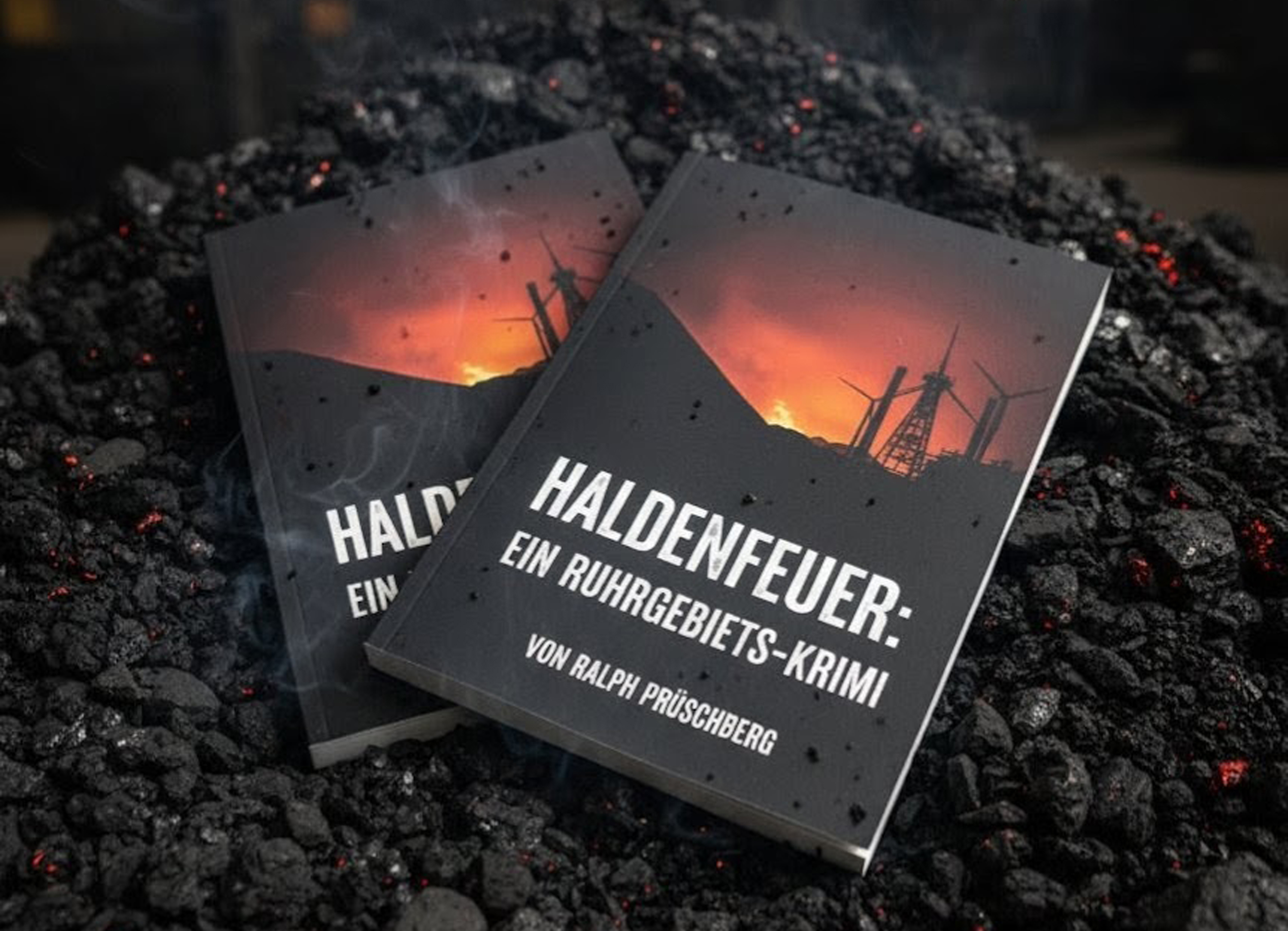Dies hab ich auch noch gefunden, passt eventuell ganz gut.
Es stammt von dieser Seite:
[Gäste sehen keine Links]
Zitat:
"Question: About a year ago at a benefit, I purchased a small (5 and 3/4" across) bon-bon bowl with a pie crust edge for $5.00. The bowl is stamped STERLING AUSTRIA in small block letters on its front.
At the bottom of the bowl is a heavy, gold or brass colored coin, professionally mounted so that both its obverse at the bottom of the bowl and its reverse (when turned over) are visible. The bottom of the bowl has three, small, silver, ball rests. The coin is heavy and is 2 1/2" in diameter. I believe from viewing your site that the coin is some type of Maria Theresa thaler; however, you have not described one like this.
The obverse of the coin has the busts of an older woman and a younger woman facing each other. The detailing is exquisite. Above the busts are the words: FRANCISCVS AVG. MARIA THERESA AVG. There is a horizontal line below the busts with the names, A. WIDEMAN and G. ERLE on it (visible only through a loop - designers, perhaps). Below the horizontal line are the words and dates: NATVS VIII DEC.MDCCVIII NATA XVII MAI MDCCXVII.
The reverse of the coin has the bust of a man facing right (in a center medallion). Surrounding him within the medallion are the words and date: IOSEPH.ARCH.AVST.NAT.XIII MAR.MDCCXLI. The initials A.W. and G.E. are at the bottom of the bust.
Surrounding this center medallion are 12 smaller medallions (four at the top contain the bust of a man facing right and the remaining eight contain the bust of a woman facing left). Each of the 12 medallions contains different words and dates (only visible through a loop). Surrounding the perimeter of the reverse are the words and date: FOECVNDITAS AVGVSTORVM PATRIAE FELICITAS MDCCLVIIII.
I would love to know the purpose and age of this coin, the translation of the words, whether it is brass or gold (or gold-washed sterling), and what its value is.
This is an interesting an wonderful piece. You correctly identified Maria Theresa and the medallion also honors her husband Franz and their son Joseph.
Maria Theresa was empress of Austria from 1740-1780, Franz ruled jointly with her from 1745-1765. He died on August 18, 1865. Maria Theresa decreed a year later (July 21, 1766) that coins would be issued with the portrait of Francis (Franz) and would be dated the year of his death. Letters of the alphabet signified the actual year that coins were struck (i.e. 1766=A). Joseph ruled jointly with his mother from 1765-1780 and by himself after her death in 1780 until 1790.
The legends on the medallion are in Latin and say: FRANCISCVS AVG. MARIA THERESA AVG. (Their majesty Franz and Maria Theresa). NATVS VIII DEC.MDCCVIII NATA XVII MAI MDCCXVII. (Born December 8, 1708, Born May 8, 1717). Their son is mentioned too: IOSEPH.ARCH.AVST.NAT.XIII MAR.MDCCXLI (Joseph Archduke of Austria born March 8, 1741).
The perimeter is a group of words, not a sentence, FOECVNDITAS (fecvnditas?) AVGVSTORVM PATRIAE FELICITAS MDCCLVIIII. (Fruitfulness Majesty, Country, Happiness (or good wishes) 1759).
A.W. and G.E. (A. WIDEMAN and G. ERLE) were the designers of this medallion. Though this is not a coin, there are many medal collectors. I will guess that this is a modern replica of a piece made in 1759. The term "Sterling" represents .925 fine silver. The "gold" parts of the this piece are most likely gold plate. The type of designation "Sterling Austria" only appears on modern pieces."
Und hier nochwas zum gucken.
 [Gäste sehen keine Links]
[Gäste sehen keine Links]
[Gäste sehen keine Links]
[Gäste sehen keine Links]